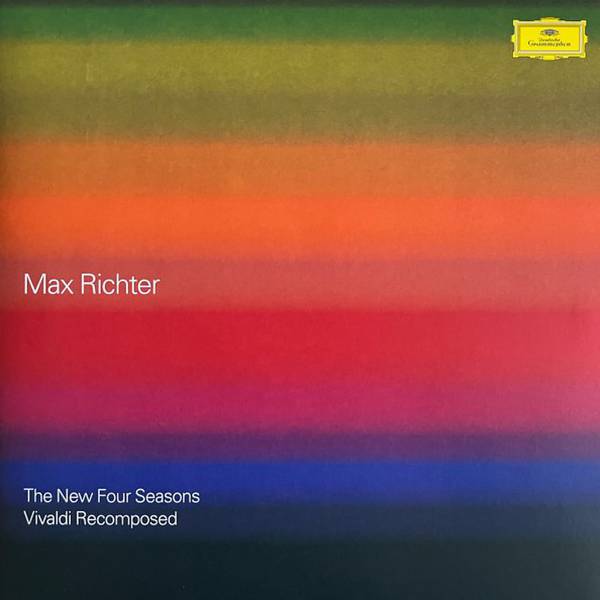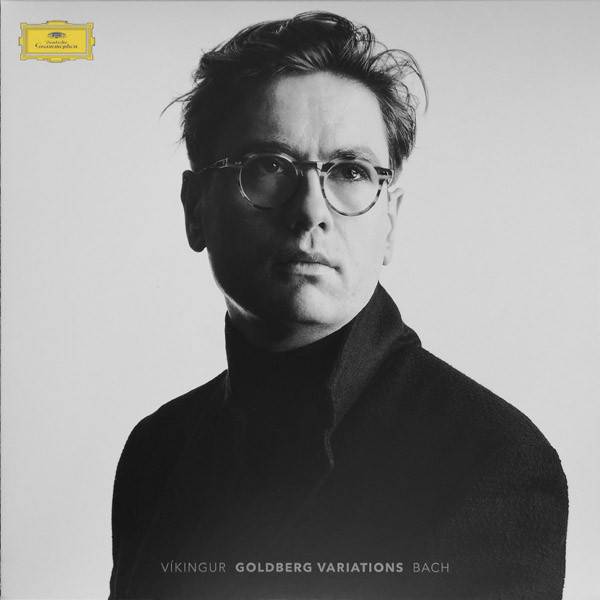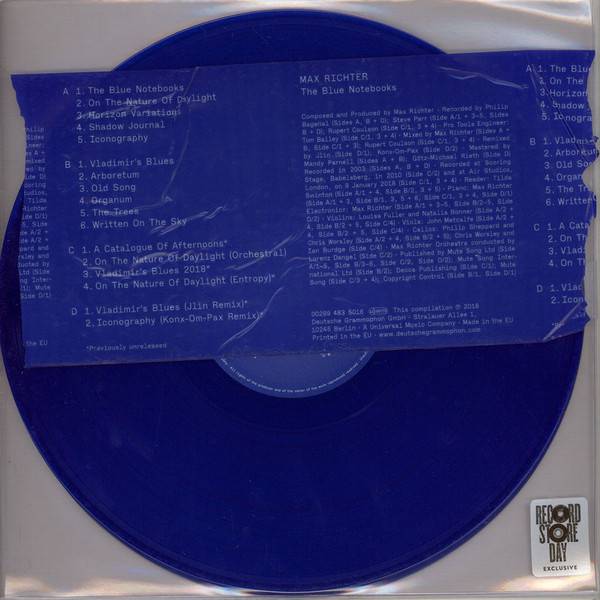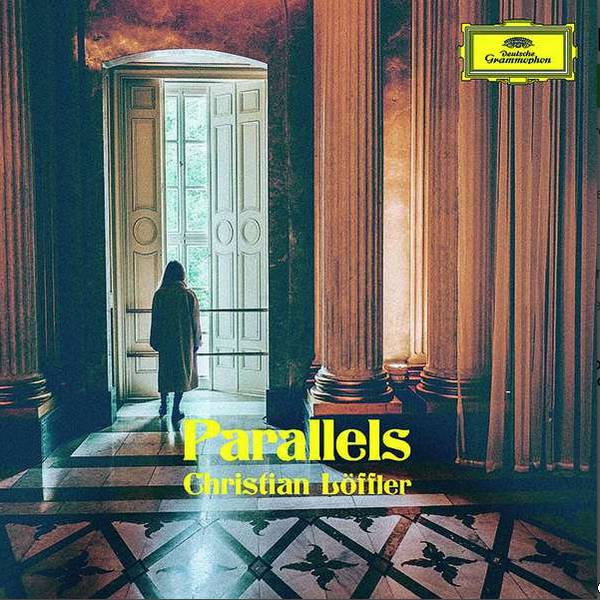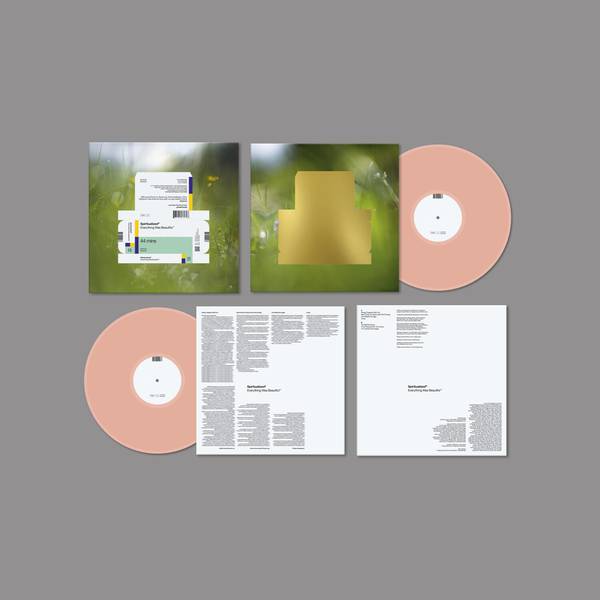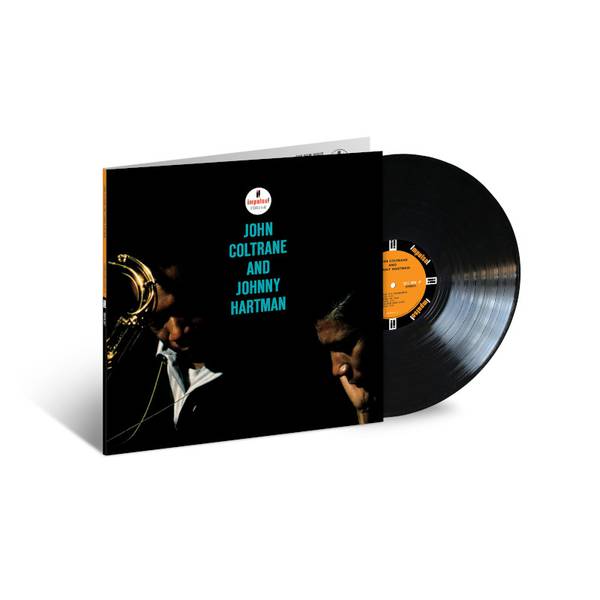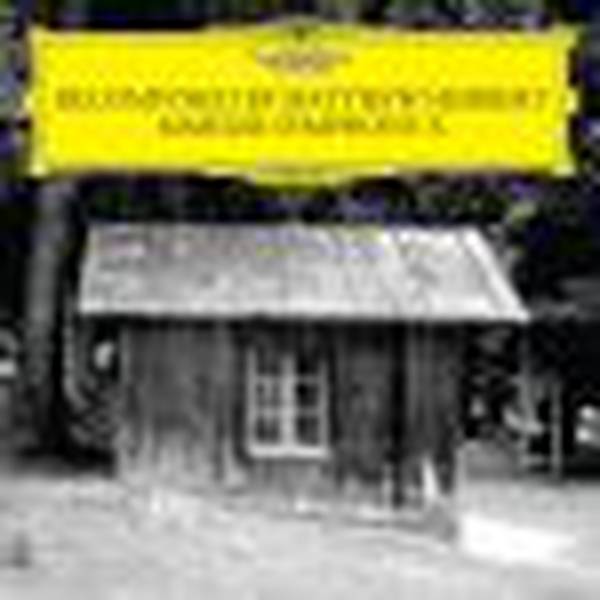
Tax included, Shipping not included
Gustav Mahler, the great composer on the brink of modernism, wrote his last symphony during a time of great personal trouble. Just as his friend and admirer Arnold Schoenberg believed to observe the loss of subject in Mahler’s 9th symphony, this subject was to manifest itself fully in the last tragic work of Mahler. His unfinished symphony is an expression of the personal anguish that he was suffering in the summer of 1910. Mahler was desperate and the abyss of loss and madness surrounded him. Death, always a central theme for Gustav Mahler, really seems to take shape in Symphony No. 10. A factor that Matthew Herbert has taken as departure point for his version of Mahler’s tenth. And Herbert has taken Mahler by his word. He fitted a coffin with a car radio, played the Tenth on it and recorded the result. The viola solo from the prelude was recorded anew at the master’s grave in Vienna. He played the adagio over the loudspeakers in a crematorium and placed a microphone behind the curtain. For Herbert it was about focusing on the close proximity of the banal and the profound in Mahler’s work, the constant friction between life and death, love and confusion, grandeur and mortality. “my version is not intended to just be fascinated with death though, it is supposed to be an amplification of that unsettling balance he creates between light and dark. I want to relish the friction of the fearful with the glorious", says Matthew Herbert. This is why one constantly has a feeling of ambiguity when one approaches Herbert’s version of Mahler’s Tenth. Beneath apparently safe ground, an unknown darkness is waiting. That which is audible, tangible to the senses, has a dark side. And ever do the shadows push up to the surface. Herbert has masterfully turned the psychic and artistic thin ice that Mahler was standing on in the summer of 1910 into music. Through subtle adaptation of the structure, the sounds and the spatiality, we hear the Tenth Symphony as we have never heard it be
Details
Genre
Release Date
17.05.2010
Cat No
2734438
Produkt- und Herstellerinformationen

